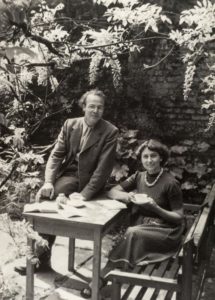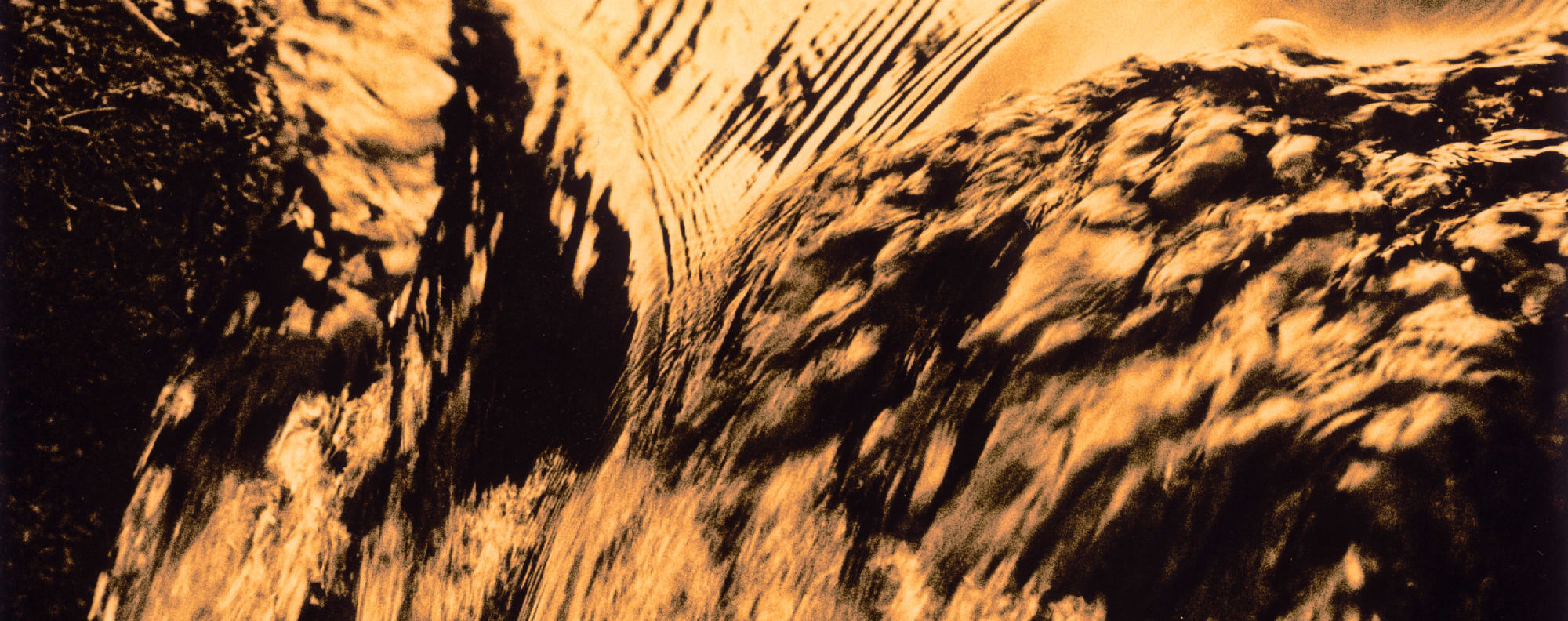
What is not clear from the interviews is what Edwin really believed politically, philosophically or even photographically, in the sense of whose work or beliefs influenced him. These were not things he revealed to outsiders.
While often appearing to be a totally respectable conformist, he was an individualist, even quite anarchic. For example, Edwin refused to pay any taxes, in the words of one interviewee, because he had said ‘he didn’t want to belong to that club.’ However, this might be seen to be somewhat at odds with the meticulous records of expenses that Edwin kept on his photographic trips, presumably for the benefit of the accountant or the tax man or both. When in Italy working on the Great Houses of Europe (1961) he records ‘Porter (Rain long walk) 1000 [lire]’ as though to justify what could be seen as an unreasonable expense.
When Edwin died, the Inland Revenue asked Olive for either the substantial back payment he owed or all of Edwin’s work in lieu of it. She refused to give up the work and spent most her remaining years working to pay off the debt. Olive claimed that Edwin was right-wing politically, but this was not a view shared by many interviewees, who tended to see him on the left rather than the right. She was rather right-wing in her views – certainly a believer in elitism – and it is possible that she retrospectively coloured his views with her own.

The discussions we had with Olive and the interviews with their friends helped to shed some light on Edwin’s life. However dim the light may be from those limited discussions it is valuable because nearly everything that has been written about Edwin to date has been refracted through the lens of Olive. Through her total love and devotion to him, in life and after his death, that lens inevitably became rose-tinted. We may however draw three tentative conclusions.
First, Edwin was a complex man. Influenced by his hard upbringing, a demanding mother, and the unresolved internal tension between being an artist and a photographer, he could be charming and abrasive, relaxed and intolerant, generous and selfish. In this he emerges as more real than the somewhat saintly figure so often portrayed by Olive.
Second, he approached life on his own terms. Writing of his art and his life, Olive says that his approach was to ‘cooperate with the inevitable’. This is not consistent with the man who, among other things, refused to abandon his first wife when the marriage was clearly over; accepted the opprobrium and hardship of being a conscientious objector during World War 2; turned down the chance to be head of Photography at the Royal College of Art (unconfirmed); refused to pay taxes throughout his life and would not have children despite Olive’s wishes. Despite never claiming to be a photographer until the very end of his life, he was sufficiently dedicated to the craft to be a skilled and successful exponent of it over a forty year period. Edwin was not the indifferent person that ‘cooperating with the inevitable’ implies.

Third, Olive was perhaps the most powerful single influence on his life and in promoting his work after his death. Olive and Edward worked together and evolved together. She gave him stability, emotionally and financially, and provided an intellectual framework for his work. Moreover, she believed in him and gave him the freedom to try to be the artist he aspired to be. She succeeded in getting him on the historical map of British photography and keeping him there. As one friend said, ‘It would never have happened if he’d married Mrs Boggs’. To her credit, she played that down. It is easy to see her as an over-loyal widow, but all she wrote about Edwin is about him and not about the important part she played.
Brian Human
Updated April 2009
(based on a series of interviews conducted in 1989 and the Olive Cook Papers)
